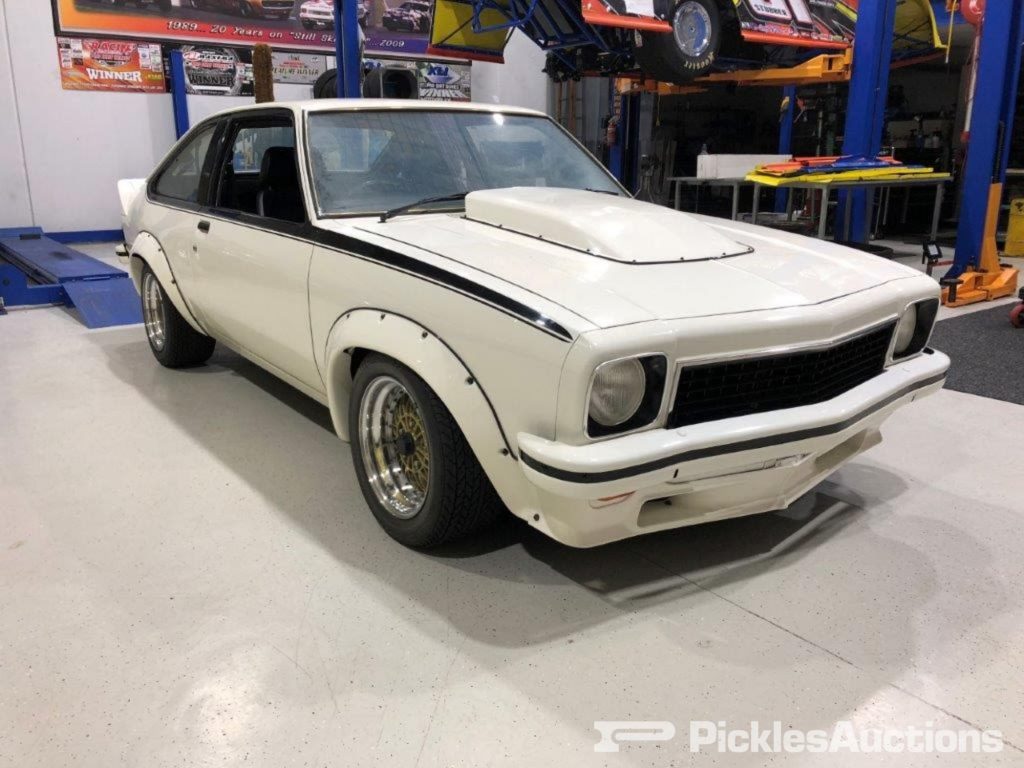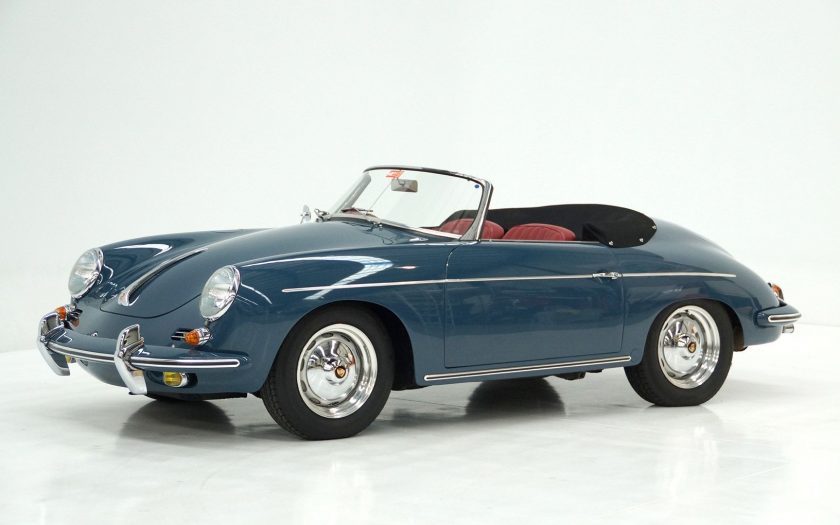IT SOUNDS LIKE A win-win but buying a classic car using money from your self-managed superannuation fund needs to be handled with care.
Classic cars have shown remarkable increases in value over the past few years, so they make good sense as an investment. But the Australian Taxation Office has strict guidelines about owning collectibles (including classic cars) in an SMSF.
And here’s where it gets dodgy.
Whatever assets you buy using your super fund are not permitted to be used for pleasure or recreation in your daily life. The rules state that any assets purchased using money from a super fund cannot be used by fund members or associates. And they must be stored away from the family home. So that means if you’ve bought a painting, you can’t hang it in the lounge room (there are some exemptions for collectibles such as art works that allows them to be stored at, but not exhibited, in the business premises of an associate or related party). Classic cars bought as an investment in your SMSF, must be stored away from the family home, and you can’t take one out for a cruise. In fact, a collectible car owned by an SMSF cannot be driven for any reason, even to take it for service or restoration purposes.
Another strict requirement of SMSF rules is that the asset must be insured within seven days of acquisition. You will also document where the asset is to be stored. And you will need to have the asset valued every three years.
Breach any of these conditions and the outcome could be very expensive indeed, so it is prudent to make any purchase in an SMSF (and this includes collectible cars) with the guidance of experts. And factor in the costs of storage, three-yearly valuations and insurance.
Here at seniordriveraus we know of too many examples where classic cars, bought as SMSF investments, are regularly taken out and used. Of course, owning a classic car that you aren’t allowed to drive is an understandable temptation, but one you should resist if you wish to avoid severe penalties.

Another issue that we have heard of is that some SMSF classic cars, bought by people without in-depth knowledge, aren’t what they are purported to be. As the value of classic cars (particularly Australian muscle cars) has soared, unscrupulous parties have created fakes, some of them very convincing indeed. As a result, some SMSF classic car investments are worth considerably less than the reported value. For example, a genuine 1969-70 Ford Falcon GTHO Phase 1 has, according to Survivor Car magazine’s Classic Car Value Guide, a value of $237,500. There are so many “replicas” on the market that the Price Guide includes values for them as well. Instead of $237,000, a replica has a top value of $57,000. SMSF members or associates may well not be aware that the asset they believe to be worth hundreds of thousands of dollars is actually worth considerably less.
Whilst every care has been taken in the preparation of this article, information contained is for guidance only. seniordriveraus recommends considering your own particular needs, and seeking professional guidance and advice before making any investment decision
